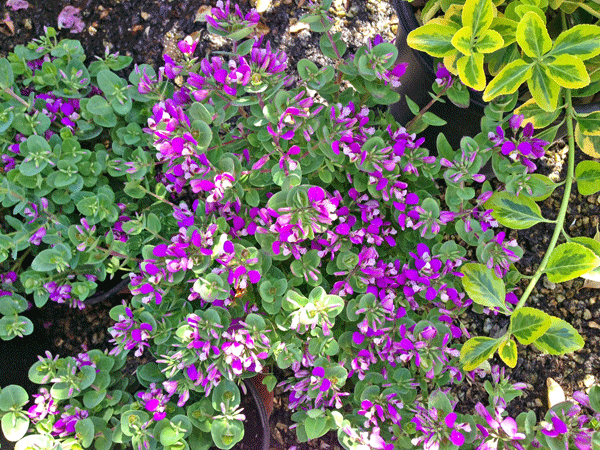With our gardens coming to life at this time of year, we are hopeful that each plant will achieve its full potential during this growing season. But that doesn’t always turn out to be the case and sometimes it’s hard to figure out what exactly is the problem.
Growing plants isn’t an exact science. What works over at the neighbors’ yard doesn’t always apply to ours. What are the different factors that can make a plant thrive or just mope along? And how can you plan when one “reliable” plant source says the plant will get six feet tall and another shows that same plant as reaching 8-12 feet tall and just as wide?
When designing a garden whether it’s a client’s or my own, I need to take into account the growing conditions such as soil type, nutrients, water requirements, high and low temperature, space, and light.
Most all plants use water to carry moisture and nutrients back and forth between the roots and leaves. Some need more water than others to do this but all have their own levels of tolerance. Too little or too much water or nutrients can be harmful to your plant’s progress.
Healthy soil provides an anchor for plant roots and helps support the plant in addition to providing nutrients. Healthy soil contains micro-organisms and adding organic matter to your soil when you plant and in the form of mulch will increase your soil’s fertility.
Choosing the right plant for the right spot is another important factor but how can you determine if your garden has the right amount of sun or shade or moisture?
In our area, a good rule of thumb in deciding if your plant is getting enough or too much sun is to look up during the growing season and see how many hours of sun, partial sun, bright shade, or partial shade your area is receiving.
To simplify, it’s not as important what is going on during the winter but knowing the summer conditions is crucial. Too little light can make plants weak and leggy looking with few flowers or fruit.
Allow enough space for your plant to grow. Plants can become stunted without enough room to grow and overcrowded plants often get diseased when air doesn’t freely flow between them. There’s a difference in a plant that just needs a little time to kick in and really start growing and one that is not thriving. Be patient.
Plant your new addition correctly. When digging the hole, be sure that you loosen surrounding soil two to three times the width of the root ball. There is no rule that you can’t loosen the soil even wider around your planting hole. Use the shovel to loosen the edges of the hole so that it’s not hard and smooth.
Roots have an easier time of growing out from the initial hole if the sides aren’t hard as a rock. You can loosen the soil below the depth of the root ball if it’s really hard and amend it also. Be sure to firm the soil underneath the plant so the crown of your plant doesn’t sink below grade and drown during winter rains or watering. Planting a bit higher than the surrounding soil also allows for a two-inch-thick layer of mulch.
If you have a steep hillside, a super sunny or deep shade location or problem soil all the above tips are important for your planting success.
– Jan Nelson, a landscape designer and California certified nursery professional, will answer questions about gardening in the Santa Cruz Mountains. E-mail her at ja******@*ol.com, or visit www.jannelsonlandscapedesign.com to view past columns and pictures.













